Are women getting left behind in the digital era?
Those who do have access and possess digital skills can reap the huge benefits of connection to information, opportunities for employment, and education that are available online, whereas those who do not lag behind.
While the status of women in many places around the world has substantially improved over the past 50 years, women, girls, and gender diverse peoples still experience inequality. Ubiquitous access to the internet, social media, and artificial intelligence have led to widespread and rapid digital transformation across all areas of work, life, and relationships. Yet, the positive outcomes that we get from being digitally connected are not felt equally by everyone and we are finding that there are new inequities for women and marginalised groups emerging in digital spaces.
The “digital divide” is a label that has emerged to highlight a growing gap between people who have access and abilities to effectively use the internet. Those who do have access and possess digital skills can reap the huge benefits of connection to information, opportunities for employment, and education that are available online, whereas those who do not lag behind. While increasing numbers of people have access to the internet (particularly through mobile phones), there are still gender gaps – with worldwide 57% of women online as compared to 62% of men, with the largest gaps in the least developed countries (ITU, 2020). It has been specifically argued that “Gender inequality in the physical world is replicated in the digital world” (UNICEF, 2021).
In many ways it isn’t just inequality in access, women and minorities are also more likely to experience aggressive acts online such as hate speech, discrimination, and cyberbullying. Women, girls, and gender diverse peoples are also at a much higher risk of exposure to explicit material, threats of sexual violence, and digital forms of harassment such as revenge porn, doxxing, and cyber stalking. Not only do women face these risks, they often have lower levels of cybersecurity awareness and are less likely to be employed in technology fields which leaves them even more vulnerable to online threats. This highlights one of the most pressing challenges we face in reducing these issues; to ensure that women and girls get opportunities to become educated in tech, develop digital skills, and be empowered online. One effective way to do this is to encourage girls to be leaders in S.T.E.M. and to incorporate digital literacy training into public and private education systems. But we also need more women and men to focus on research and action on barriers to equity and biases in tech (such as in AI) that are perpetuating disadvantage.
Technology has undoubtedly positively changed the way we live our lives, but women, girls and other marginalised groups are at risk of getting left behind. With the right strategies and policies, we can combat these issues and not only connect everyone to opportunities through the internet, but also make it an inclusive, safe environment. As UN Deputy Secretary-General Amina Mohammed said in 2021, “Collectively, our task is to help design digital environments that can connect everyone with a positive future”.
- Jaimee
International Telecommunication Union. (2021). The Gender Divide: Internet use moving closer to gender parity. Retrieved March 8, 2023, from International Telecommunication Union: https://www.itu.int/itu-d/reports/statistics/2021/11/15/the-gender-digital-divide/
Ragnedda, M., & Muschert, G. (2013). The Digital Divide: The Internet and Social Inequality in International Perspective. London: Routledge. doi:10.4324/9780203069769
UNICEF. (2021). What we know about the gender digital divide for girls: A literature review. Retrieved from https://www.unicef.org/eap/media/8311/file/What%20we%20know%20about%20the%20gender%20digital%20divide%20for%20girls:%20A%20literature%20review.pdf

